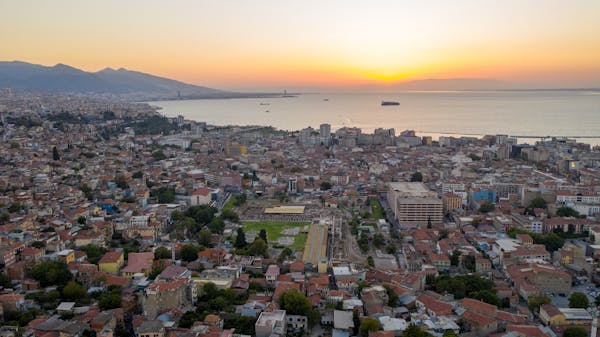Philadelphia, the city of brotherly love, derives its name from the Attalid dynasty that ruled over the Kingdom of Pergamos. It is a tribute to the abiding bonds of brotherhood between Attalus II and his brother Eumenes. The area in which Philadelphia was located, in the valley of the Cogamis River, fell into the hands of the Pergamian King Eumenes as a result of a treaty in 189 BC, and from that time forward the area was in the heartland of the Kingdom of Pergamos.
Unlike Thyatira which was a garrison city guarding the frontiers of the Kingdom to the east, Philadelphia was founded to consolidate, regulate and educate the central part of the Kingdom. Philadelphia was founded as a center for culture, a kind of missionary city meant to spread the philosophical ethos of Greek civilization and spread the Grecian language throughout the region.
It was in many ways the missionary heart of Hellenism and in that sense was immensely successful. Philadelphia was largely responsible for the diffusion of the Greek language throughout Asia Minor by peaceful means. In fact, it was so successful at doing this that by 19 AD the Lydian language ceased to exist and Greek became the first language of the country.
What little is known of the religious persuasions of Philadelphia are derived mainly from coin hoards found during excavations and give a fairly sketchy picture of what Philadelphians believed. Mostly their religious views were Greek in origin. Coins minted in Philadelphia indicate a close alliance between Philadelphia and Ephesus.

